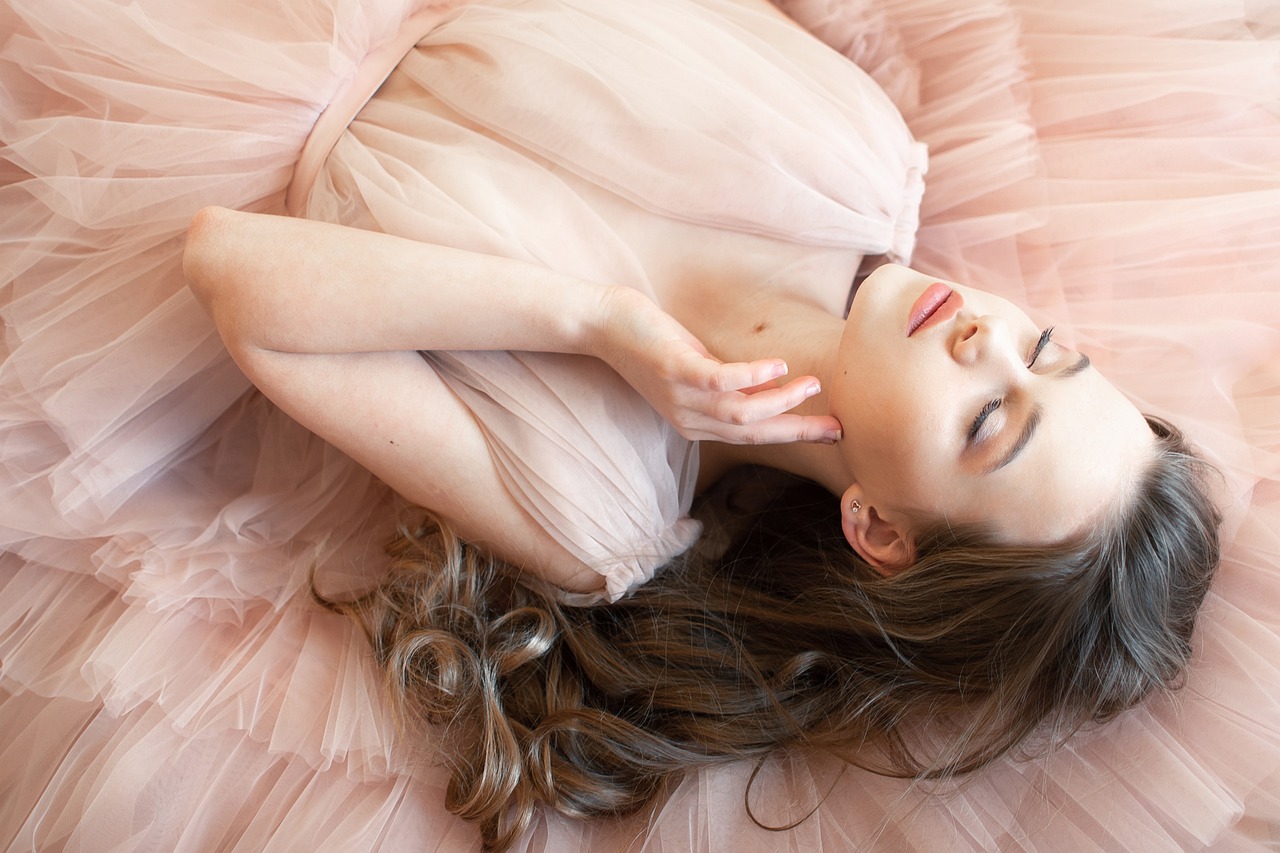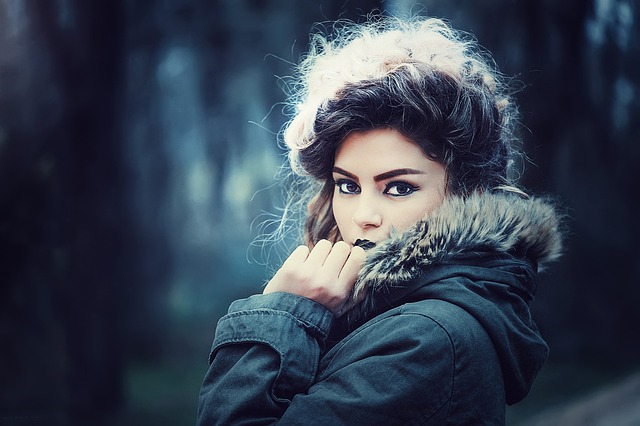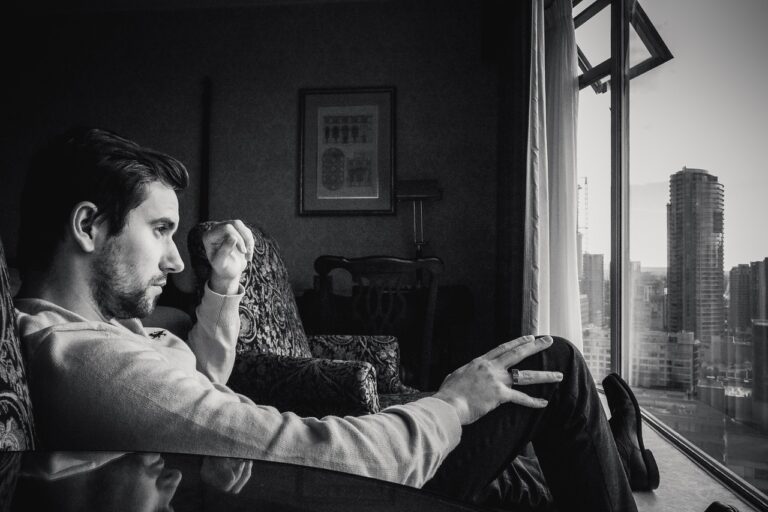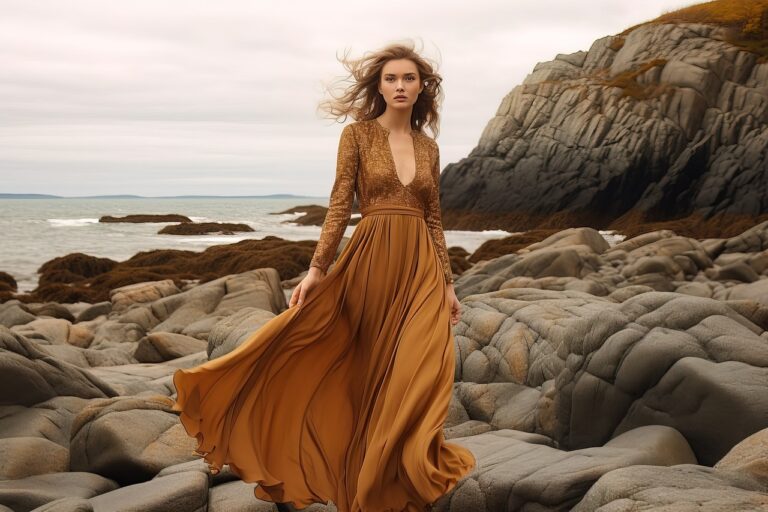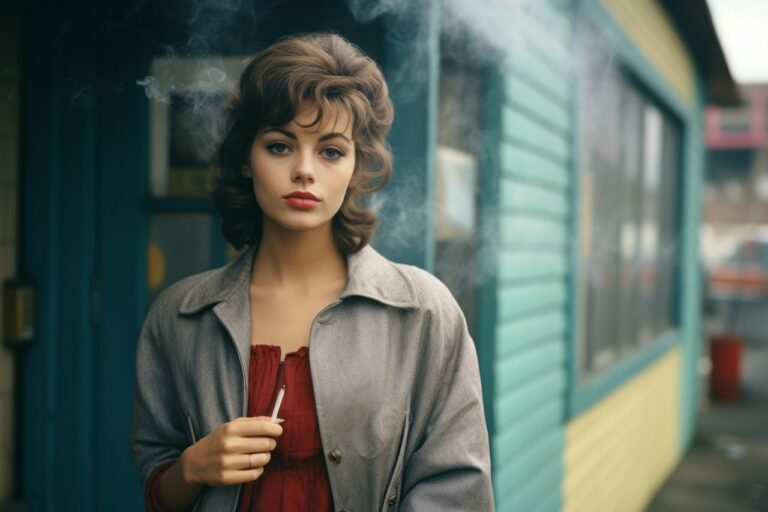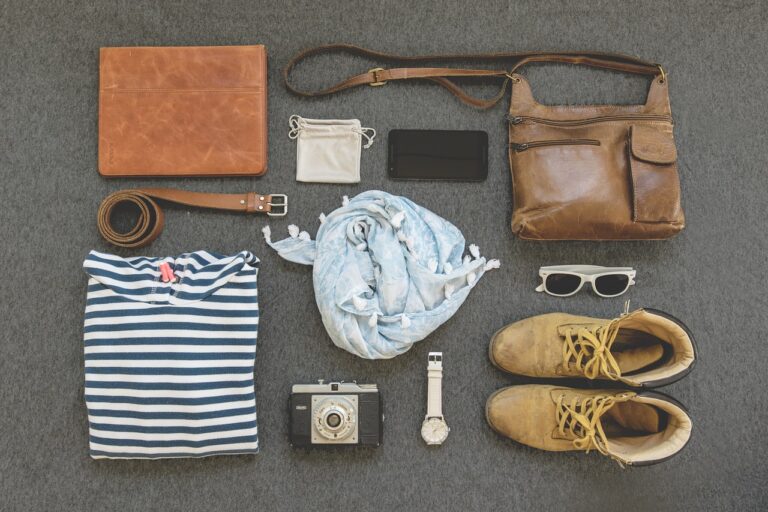Exploring the Impact of Fashion on Body Positivity Movements
In the fashion industry, beauty standards often dictate the ideal body type, leading to a pervasive influence on individuals’ body image perceptions. Models that are predominantly showcased are often tall, slim, and possess certain facial features that set them apart, creating unattainable beauty ideals for many. This constant exposure to these narrow standards can lead to feelings of inadequacy and low self-esteem among consumers who do not fit into these rigid definitions of beauty.
Moreover, the emphasis on thinness and an unattainable perfection in the fashion industry has been critiqued for perpetuating harmful stereotypes and promoting unhealthy body image ideals. The consistent portrayal of these standards in advertising, runway shows, and media platforms can contribute to the normalization of unrealistic beauty standards, fueling a cycle of comparison and dissatisfaction among individuals. This pressure to conform to these standards can lead to detrimental effects on one’s mental health and overall well-being, highlighting the need for a more diverse and inclusive representation within the fashion industry.
The Role of Representation in Fashion Advertising
Representation in fashion advertising plays a pivotal role in shaping societal norms and perceptions. The models and individuals featured in these advertisements serve as cultural symbols, influencing how beauty and style are defined and understood in our society. When diverse bodies, ethnicities, and genders are showcased in fashion campaigns, it promotes inclusivity and empowers individuals to feel represented and accepted in the industry.
Moreover, the representation in fashion advertising can either perpetuate harmful stereotypes or challenge existing beauty standards. By featuring a wide range of body types, skin tones, and identities, fashion brands have the opportunity to redefine beauty norms and foster a more inclusive and accepting environment for consumers. Ultimately, the significance of representation in fashion advertising extends beyond aesthetics; it plays a crucial role in shaping our collective understanding of diversity and acceptance in the fashion industry.
Representation in fashion advertising shapes societal norms and perceptions
Models featured in advertisements influence how beauty and style are defined
Diverse bodies, ethnicities, and genders promote inclusivity and empowerment
Fashion campaigns can perpetuate harmful stereotypes or challenge existing beauty standards
Featuring a wide range of body types, skin tones, and identities can redefine beauty norms
The significance of representation extends beyond aesthetics to shaping understanding of diversity
The Relationship Between Fashion Trends and Body Positivity
Fashion trends play a significant role in shaping societal norms and perceptions of the ideal body. The fashion industry is known for promoting certain body types through the use of models and celebrities who conform to these standards. When fashion trends revolve around a narrow definition of beauty, it can perpetuate unrealistic expectations and negative body image among consumers.
On the contrary, embracing body positivity in fashion trends has the power to challenge these narrow standards and promote inclusivity. By featuring a diverse range of body shapes, sizes, and skin tones in fashion campaigns and runway shows, the industry can celebrate individuality and empower individuals to feel confident in their own skin. Embracing body positivity in fashion trends not only fosters a more inclusive and diverse representation of beauty but also encourages people to accept and love their bodies as they are.
How do fashion industry standards affect body image?
Fashion industry standards often promote unrealistic body ideals, leading to negative body image issues among consumers.
How can representation in fashion advertising impact body positivity?
By featuring diverse body types in fashion advertising, the industry can promote body positivity and inclusivity.
Are fashion trends always inclusive of different body types?
Unfortunately, not all fashion trends are inclusive of different body types, which can perpetuate harmful body image standards.
Can individuals promote body positivity through their fashion choices?
Yes, individuals can promote body positivity by supporting brands that prioritize diversity and representation in their fashion campaigns.
What can the fashion industry do to promote body positivity?
The fashion industry can promote body positivity by showcasing diverse models, offering inclusive sizing options, and challenging traditional beauty standards.

